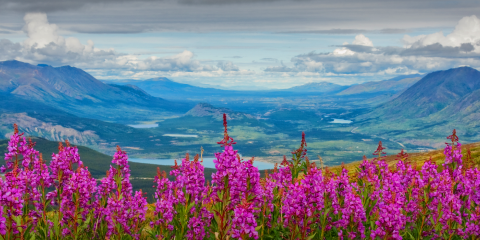The Yukon is a beautiful place, surrounded by lush and amazing wilderness. It is a sight to behold, but unfortunately, some of the species found within this wonderland are at risk. There are animals, insects, plants, and birds that are endangered, threatened, and of special concern in the area. Here are a few examples of species at risk in the Yukon.
Peregrine Falcon
Peregrine falcons have been reproducing less, leading to a decline in their population. Researchers suggest a decline in prey may be a problem. The species is specially protected in the territory, meaning they cannot be hunted or trapped, or possessed.
Trumpeter Swan
Trumpeter swans are vulnerable, as the rarest swan in the world. Restoration efforts have brought nesting trumpeter swans to the Yukon, where they are also listed as specially protected animals. Human development and recreation in their typical nesting areas is problematic, which is part of why ecotourism is a good idea – this model of tourism keeps the wants, needs, and health of animals and other species in mind while providing for education and recreation.
Woodland Caribou
Boreal woodland caribou make their home in the Yukon, preferring forests as their habitat. Fragmentation of forests, caused by roads and other development, is harming these animals.
Yukon Draba
The Yukon draba is a small yellow-flowered plant, found nowhere else but a meadow complex in southwestern Yukon. It is at risk due to human activity, from industrial development nearby to trampling.
Spiked Saxifrage
A tall wildflower, this plant grows in just six Canadian locations, and is experiencing decline from both human and natural causes.
Responsible ecotourism plays a role in protecting these species, by promoting biodiversity and conservation. During your stay at Discovery Yukon you can learn more about endangered species, and find out how you can support a happy, healthy environment.


